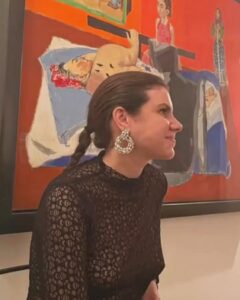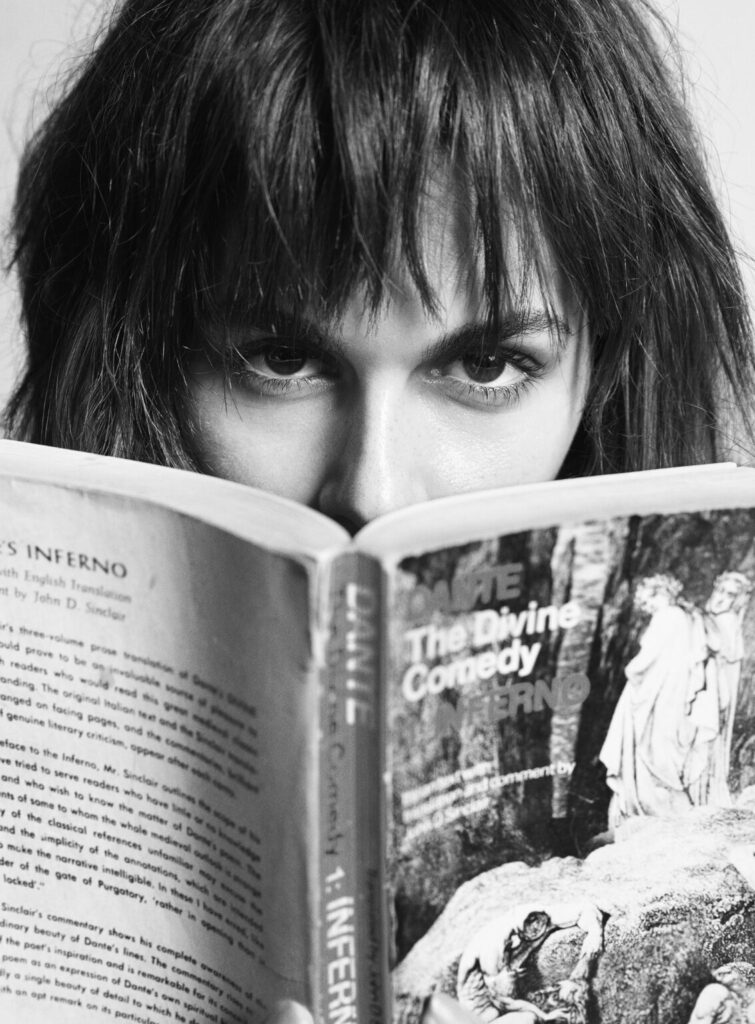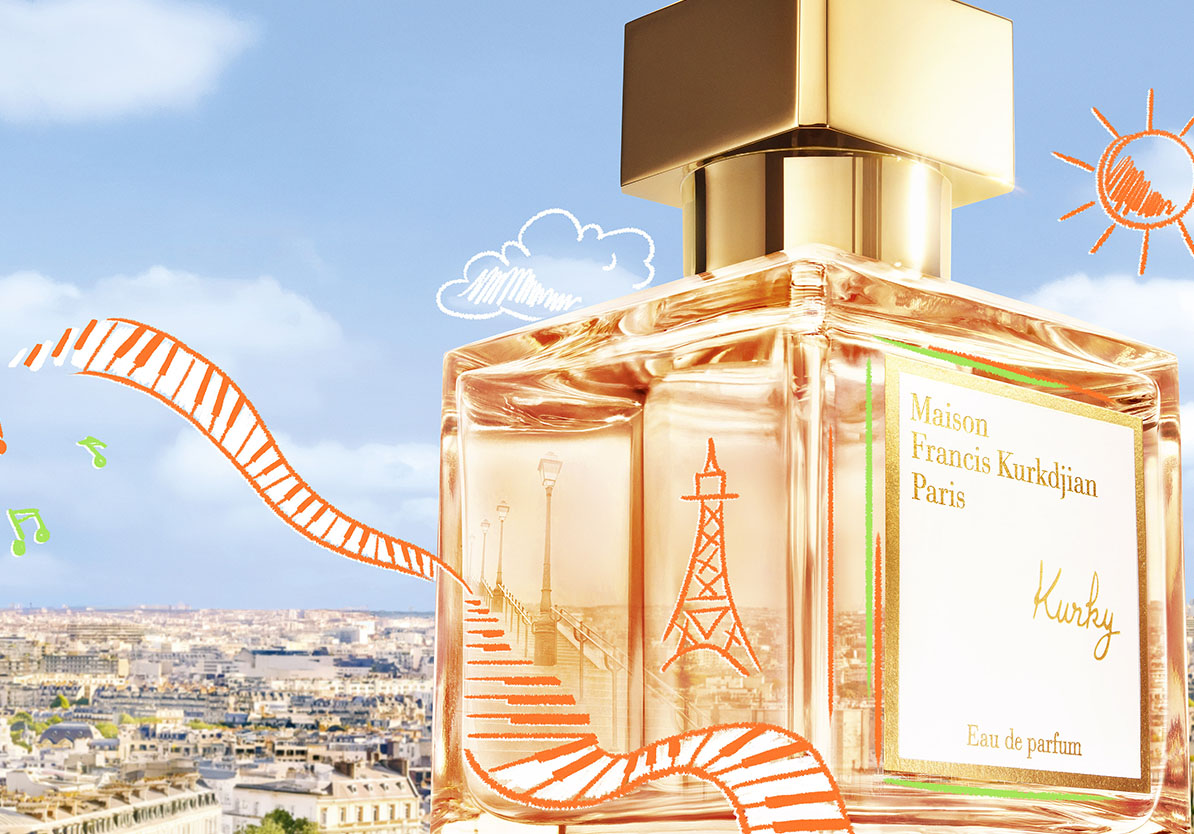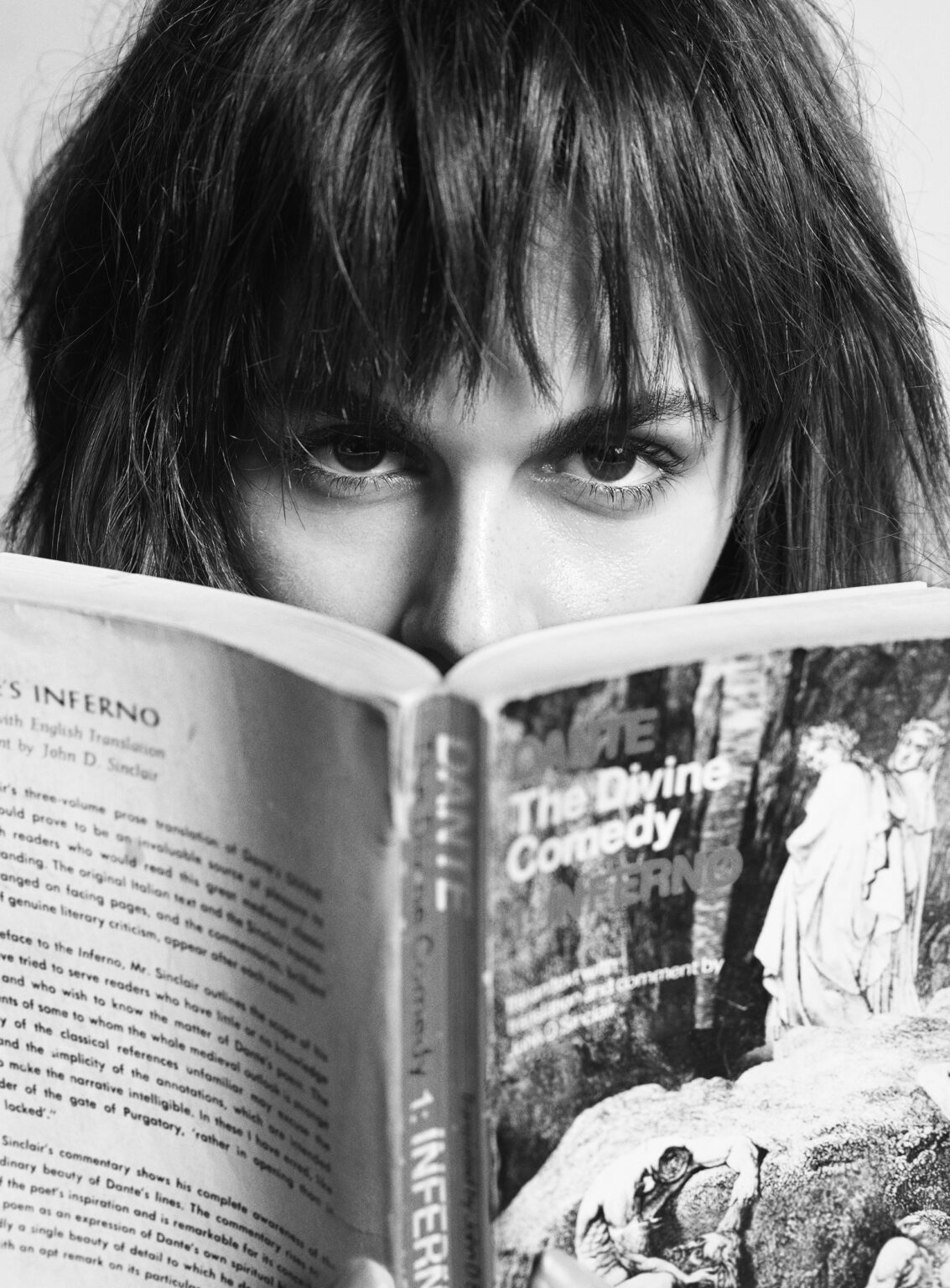The literary it girl might seem like a fresh trend, but, like most things in fashion, it is inherently cyclical — a phenomenon continually reinvented. Who could forget Olympia Le Tan’s iconic book clutches that were everywhere around 2012? Perhaps today’s TikTok influencers don’t remember that era, but it’s undeniable that the concept has found new life amidst the myriad of TikTok trends — or “aesthetics” — shaping girlhood in the 2020s, like #cleangirl, #darkacademia, #bimbocore, #oldmoney, and #balletcore, to name a few.
The #Booktok universe is highly diverse, ranging from post-teens devouring formulaic bestsellers by Colleen Hoover to classics like Machado de Assis, now reaching a broader American audience thanks to advocates like Courtney Henning Novak. However, the literary it girls have a more specific taste — a curated corner filled with authors like Joan Didion, Sylvia Plath, Eve Babitz, Clarice Lispector, Sally Rooney, and Ottessa Moshfegh. Despite their different styles, these authors share certain characteristics: they are often white, thin, attractive, and held in high literary esteem. By associating oneself with these writers, one can project the image of being an elegant woman with a rich inner life. Unsurprisingly, the allure of these authors connects with other TikTok trends, like #sadgirl, #femcel, and the recent resurgence of bayonetta glasses as a styling prop (also tagged as #officesiren).
It’s easy to dismiss the superficiality and performative nature of the trend — but should we? Using literature to enhance social prestige is far from a new phenomenon. Seneca criticized the ostentatious book collections of wealthy Romans, noting that “like bathrooms, a library has become an essential ornament of a rich house.” In the 17th and 18th centuries, literary salons played a crucial role as intellectual and social spaces, especially in France. These salons, often hosted by influential women known as salonnières, included figures like Marie-Thérèse Rodet Geoffrin, who hosted Enlightenment thinkers, and Julie de Lespinasse, known for her spirited discussions with Diderot and Voltaire. Such gatherings not only fostered the development of Enlightenment ideas but also offered women a rare platform to exert cultural influence when their presence in public discourse was otherwise limited.
The rise of the novel coincided with the advances of the women’s movement, so it’s no surprise that female readers — and writers — have become synonymous with allure and sophistication. The emergence of the modern novel as a genre, especially in the late 17th and early 18th centuries, marked a significant shift in reading habits, particularly affecting women. Women constituted the majority of novel readers, but this growing literary passion wasn’t universally celebrated. The portrayal of female readers in early novels often leaned toward ambiguity or critique. These characters were depicted as susceptible to losing touch with reality, especially when engrossed in narratives promoting unrealistic romantic ideals — a sentiment immortalized in Flaubert’s Madame Bovary.
Early novels by authors like Samuel Richardson and Jane Austen found great popularity among women, resonating with themes of domestic life, emotional struggles, and women’s societal roles. Richardson’s Pamela and Clarissa, for instance, addressed young women’s challenges and became touchstones for readers seeking reflections on their own lives.
The Bluestocking movement further nurtured this literary enthusiasm. In 18th-century England, Bluestockings such as Elizabeth Montagu and Elizabeth Vesey convened gatherings to discuss literature, philosophy, and intellectual ideas. While not feminist in the modern sense, the Bluestockings paved the way for the “New Woman” — educated, intellectually curious, and socially engaged. This was a vital step toward women gaining greater autonomy and a voice in the public sphere.
Today, TikTok’s algorithm actively perpetuates this aesthetic alignment: “sad girl literature” often leads viewers to beauty content. An appreciation post for Sylvia Plath, for instance, might quickly segue into an advertisement for a new lip oil color. For young women interested in the complexities of navigating life in a patriarchal society, the algorithm ensures that while intellectual exploration is accessible, the reminder to prioritize beauty is never far behind.

Clara Drummond is a Brazilian writer and journalist based in Lisbon. Role Play, her latest novel, was publish in English by Farrar Straus & Giroux
Discover More



